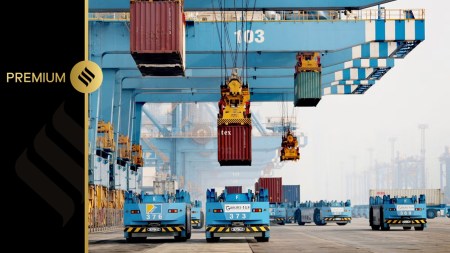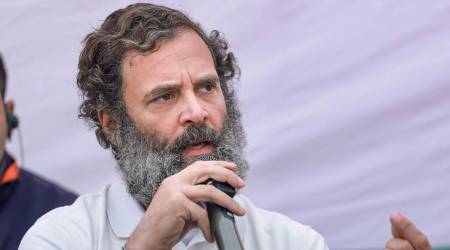India is actively aware of the necessity for transitioning to new and renewable energy sources, while also ensuring that consumers are shielded from sudden spikes in energy prices. Petroleum Minister Hardeep Singh Puri stated today that India supports a gradual energy transition rather than an abrupt shift.
Puri highlighted the significance of traditional energy sources such as oil, gas, and coal, especially for developing countries. He stressed that affordable conventional energy sources are crucial for meeting basic energy needs, while innovative sources are essential for addressing climate change.
Surviving the present is crucial before transitioning to clean energy, according to Puri. He emphasized the need to protect vulnerable populations from energy price volatility during the transition period.
The recent energy crisis has had a significant impact on emerging economies, posing challenges in maintaining energy security, affordability, and accessibility. Puri anticipates that these challenges will become more severe in the future.
The energy crisis has led to ripple effects in various sectors, with high gas prices causing a fertilizer crisis and food security concerns. Additionally, elevated energy and commodity prices have raised inflation worries and recession fears in many countries.
India aims to achieve net zero carbon emissions by 2070. Puri underscored the importance of a sustainable and affordable energy transition, especially for marginalized communities.
The transition to cleaner energy will involve a managed shift in the global energy mix, ensuring energy security while progressing towards net zero emissions, Puri explained.
India’s energy transition roadmap includes advanced biofuels, green hydrogen, renewables, and nuclear energy. Puri believes that this plan could serve as a model for other developing nations.
The journey towards net zero emissions will require a mix of energy solutions, drawing from renewables, nuclear energy, and advanced biofuels. Gas will also play a critical role in the transition, whether from current sources like natural gas, LNG, and LPG, or from low-carbon alternatives such as hydrogen, ammonia, and green LPG, according to Puri.











